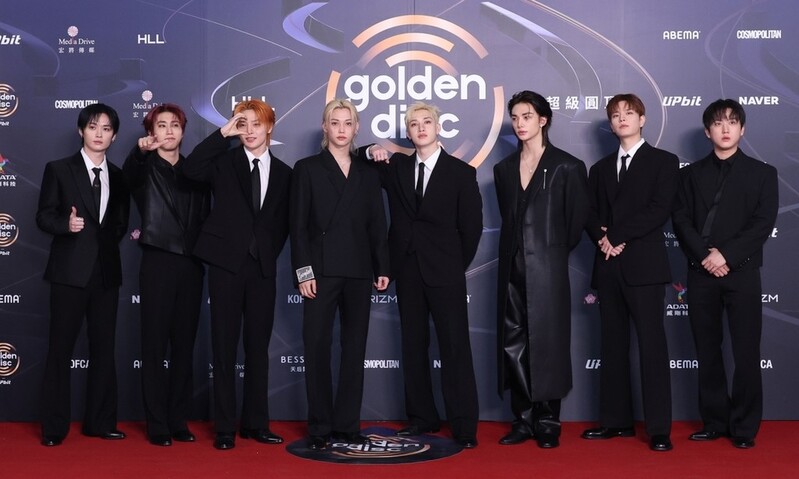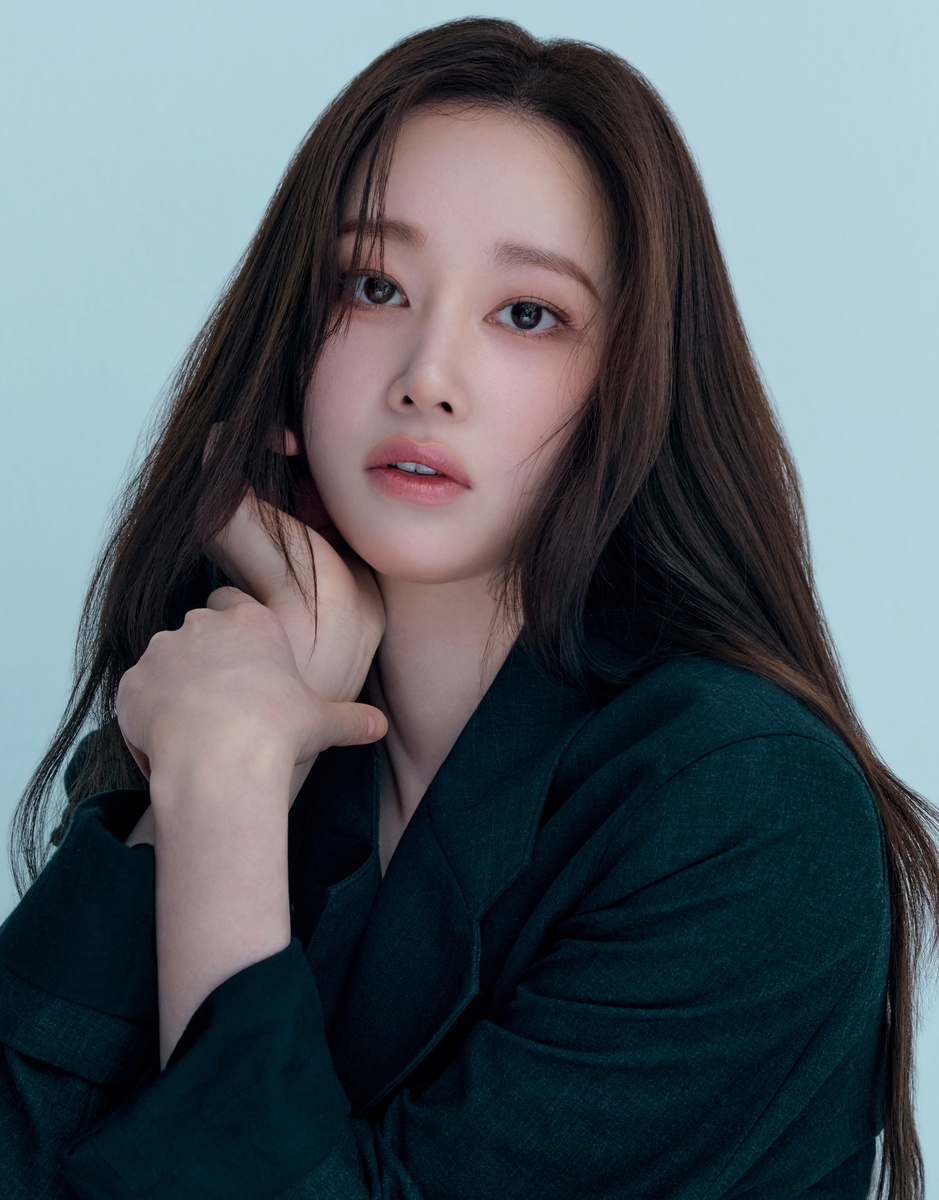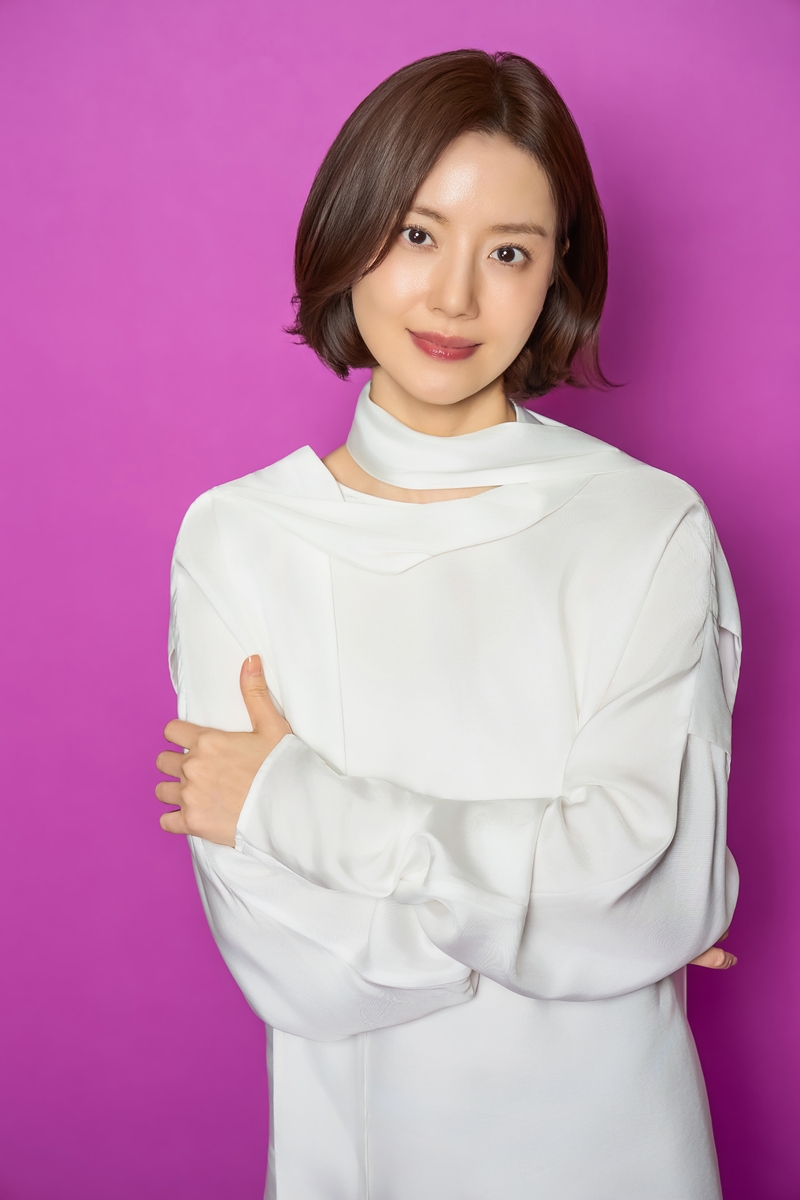
I recently had a conversation with Korean painter Il-Lang Lee Jong-sang, where we touched upon the remarkable way in which the Korean language expresses colors.
Among the vast spectrum of colors, our language simplifies and prioritizes five key colors—blue, red, yellow, white, and black—collectively known as the "Obangsaek" or the five cardinal colors. These five colors have unique names, while all other colors are described through comparisons to natural objects.
These five colors consist of two achromatic (black and white) and three chromatic (red, blue, and yellow) ones. However, this Western categorization doesn't quite fit with the Korean perspective.
In Korea, these five colors are seen as interconnected and inseparable, forming the concept of Obangsaek, deeply rooted in the philosophy of Yin-Yang and the Five Elements.
Here’s a breakdown of how the five elements interrelate with various aspects of life:
Five Elements: Wood (목), Fire (화), Earth (토), Metal (금), Water (수)
Five Senses: Eyes (목), Tongue (혀), Mouth (입), Nose (코), Ears (귀)
Five Tastes: Sour (신맛), Bitter (쓴맛), Sweet (단맛), Spicy (매운맛), Salty (짠맛)
Five Organs: Liver (간), Heart (심장), Spleen (비장), Lungs (폐), Kidneys (신장)
Five Directions: East (동), South (남), Center (중), West (서), North (북)
Symbolic Animals: Blue Dragon (청룡), Red Phoenix (주작), White Tiger (백호), Black Tortoise (현무)
Five Musical Notes: Gak (각), Chi (치), Gung (궁), Sang (상), Woo (우)
Five Virtues: Benevolence (인), Propriety (예), Trustworthiness (신), Justice (의), Wisdom (지)
Five Colors: Blue (청), Red (적), Yellow (황), White (백), Black (흑)
One interesting aspect of these colors is the strict linguistic rules that govern how they are used in Korean. For example, nouns such as "하양" (white) or "파랑" (blue) use the 'ㅇ' final consonant, while adjectives like "하얀" (white) or "파란" (blue) end with 'ㄴ'. The adverbial forms follow with a 'ㅎ' ending, such as "하얗게" (whitely) and "파랗게" (bluely).
These grammatical rules are applied only to the five cardinal colors, not to other colors, which reflects their special status.
Other colors are named after objects from nature, such as:
Plants: Eggplant color, cabbage color, plum color, cherry color, persimmon color, chestnut color, watermelon color, apricot color, pomegranate color, gardenia color.
Animals: Mouse color, pigeon color, mackerel color.
Minerals: Gold color, silver color, amber color, jade color.
Other natural objects: Sky color, earth color, water color.
There are more than 30 color names based on natural objects, which is a systematic yet expressive way to communicate colors. It’s both scientific and deeply humanistic, conveying shades and tones with incredible precision and ease. The process of transforming a noun like "노랑" (yellow) into the adjective "노란" and the adverb "노랗게" allows for nuanced descriptions such as "누르스레" or "누리끼리," which capture subtle variations in color.
This system rivals the Munsell color chart, offering not only an organized spectrum of hues but also the flexibility to describe the ever-changing state of each color. The evolutionary progression of how colors are described, from the basic "yellow" to more specific forms like "pale yellow" or "golden yellow," reflects a playful yet deeply thoughtful linguistic and cultural tradition.
This connection between colors and the cycle of life is beautifully expressed in the ancient concept of the Five Elements. Just as "Wood generates Fire, Fire generates Earth, Earth generates Metal, Metal generates Water, and Water generates Wood," the five colors and their relationships reflect the natural and philosophical principles that govern existence. Even the Munsell color wheel, which forms a continuous circle of colors, mirrors this cycle of creation and destruction, much like the interlocking elements of life.
In conclusion, this sophisticated system of color naming, derived from natural elements and imbued with cultural significance, highlights the unique and poetic way in which Koreans perceive and describe the world.
The distinction between "빛깔" (light color) and "색깔" (physical color) further emphasizes the scientific foundation of this approach, with "빛" referring to phenomena like sunlight or moonlight, and "색" referring to tangible objects. This thoughtful system stands as a testament to the meticulous care with which language was crafted to reflect both nature and human experience.
(C) Yonhap News Agency. All Rights Reserved























